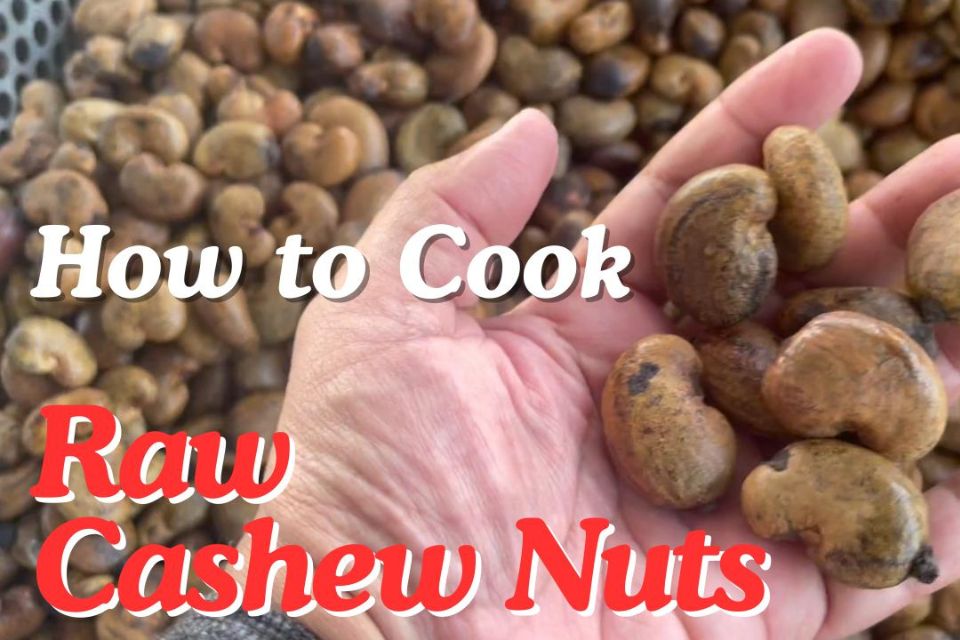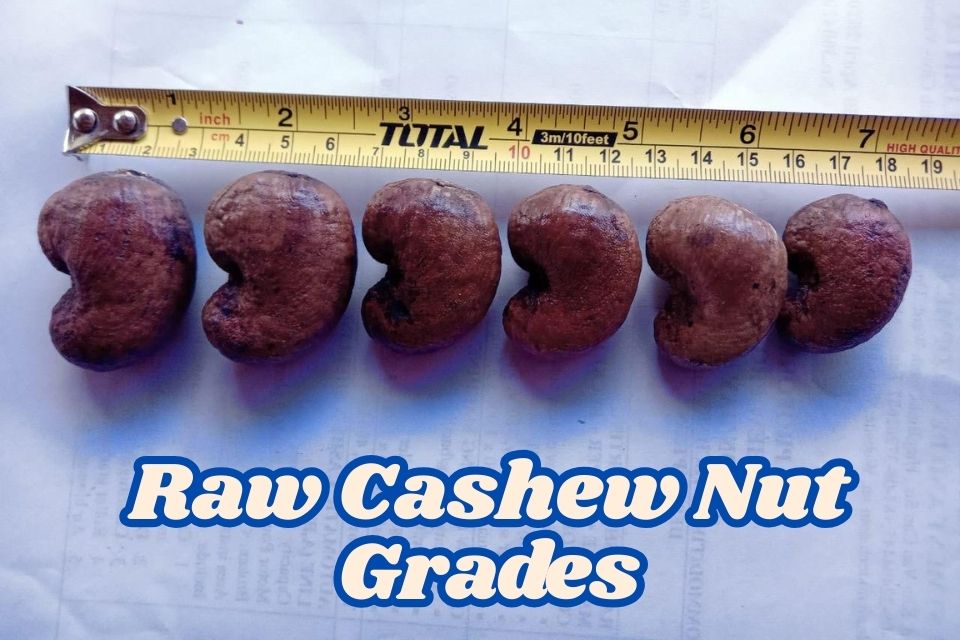Impacts of Heat Treatment on Cashew Kernel Quality
Heat treatment methods affect cashew kernel quality during processing. It is amongst the most critical factors in cashew processing.
Heat Treatment Methods:
Steaming: This method involves using pressurized water vapor in a boiler to make the cashew nut shells brittle, facilitating their removal. Steaming is the most commonly used heat treatment method in the cashew processing industry. It is preferred because it results in a whiter kernel color compared to other methods and is widely endorsed for its food safety practices.
Drum Roasting: This traditional method involves applying direct heat beneath a rotating perforated drum filled with cashew nuts. The direct heat makes the shells brittle for shelling. However, this method yields lower-quality cashew kernels and is not as popular as steaming. Drum roasting also presents food safety challenges as the process can be unclean.
Oil Bath Roasting: This method, introduced in the 1930s, uses a hot bath of Cashew Nut Shell Liquid (CNSL) to extract CNSL from the shells and make them brittle. While it produces a whiter kernel color than drum roasting, oil bath roasting is more costly than drum roasting due to equipment and operational expenses6.
Effects on Kernel Quality:
Color: Steaming and oil bath roasting produce whiter cashew kernels than drum roasting. Scorched kernels are more common with the drum roasting method.
Breakage: The heat treatment method and parameters used can significantly affect kernel breakage during shelling. Studies show that steaming parameters like steam exposure time and the cashew nuts’ initial moisture content play a crucial role in minimizing breakage and maximizing whole kernel out-turn (WKO). While the sources don’t explicitly link specific heat treatment methods to breakage rates, they suggest that optimizing steaming parameters is vital for achieving high-quality whole kernels.
Food Safety: Steaming is considered the safest heat treatment method from a food safety standpoint4. The sources do not specify how different heat treatments affect potential contaminants like bacteria or mold. They do, however, highlight the importance of food safety management systems throughout the cashew processing chain, irrespective of the heat treatment method.
Flavor and Taste: The sources do not provide information on how different heat treatments directly impact cashew kernel flavor or taste. However, they mention that drum roasting, while leading to lower quality kernels overall, is sometimes preferred by local consumers, suggesting potential taste preferences associated with this method.
General Considerations:
The choice of heat treatment method is often influenced by factors such as:
- Availability and cost of resources like electricity, water, and labor.
- Initial moisture content of the cashew nuts.
- The desired quality of the final product.
- Scale of production (small, medium, or large).
Regardless of the method, careful control of heat treatment parameters, such as temperature and duration, is crucial for maximizing kernel quality and minimizing negative impacts.
Further research on the specific effects of each heat treatment method on kernel flavor, nutritional content, and potential contaminant levels could provide valuable insights for processors.


